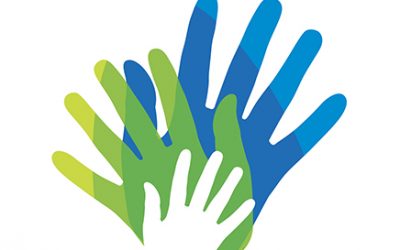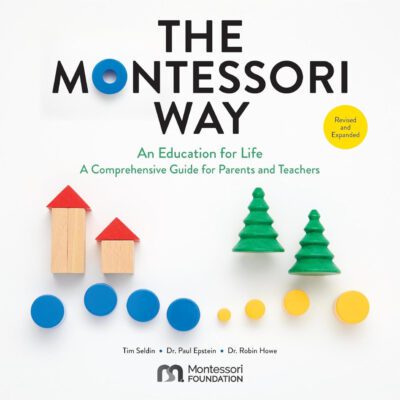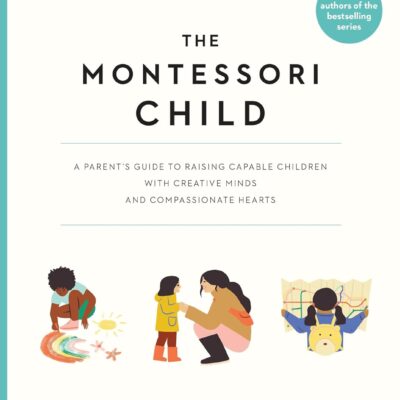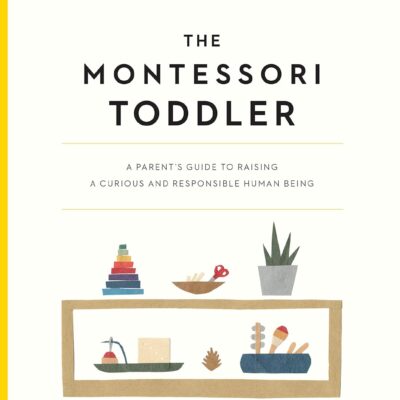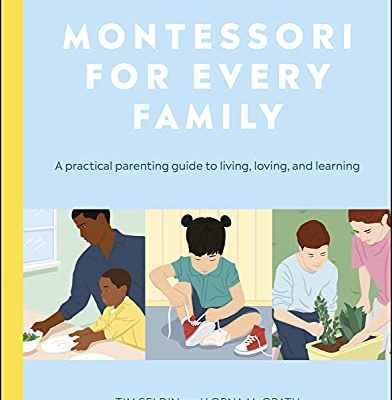
by Nicole Allsop, Registered Dietitian and Montessori Educator
In part 1, we discussed that the classroom environment involves shared experiences among children, families, and teachers, with health and well-being playing a crucial role. Early detection and collaboration between families and teachers can lead to significant benefits, and research-based evidence supports this connection and its consequences.
• Health and well-being are crucial for success in the classroom.
• Research-based evidence supports the strong relationship between health and education.
• High stress and sleep deprivation can lead to negative effects in the classroom, including irritability, focus loss, and low productivity.
• Lifestyle or non-communicable diseases are prevalent and can be minimized to improve functioning and stress management.
• Neuroscience is a key factor in learning, influenced by various health issues such as poor nutrition, lack of exercise, and weakened health.
• These health issues can lead to neuro disorders, mood disorders, non-communicable diseases, stress, and sleep deprivation.
Teaching children about daily exercise, eating nutritiously and sufficient and quality sleep helps them build wellness habits taking them through their lives and contributing to the management of lifetime stressors. Chronic stress has been well-documented with its negative effects on hippocampal structure and function and has been suggested to contribute to age-related declines. “A wide range of potential stressor from across the lifespan include: divorce; discrimination; illness; abuse; poverty; and more.. Exercise engagement would moderate the effects of stress.1 As you see, this also relates directly to the adults in the child’s environment.
Mental and emotional stress during adulthood is often downplayed. However, there are so many cases of this in daily lives. How can one really give of their best. Some people may talk about it, but then others have it bottled up inside. Without an outlet or rectification, explosion is possible along with severe implications later on in life. There is recent evidence showing the impact on chronic stress on the brain where “women exposed to serious stressors in middle age have an increased incidence of Alzheimer’s disease 20 years later. This study is consistent with others showing that distress may hasten dementia. Thus, stress exposure may increase risk of a variety of mental or cognitive disorders. 2
The following table is adapted from CDC – “How Much Sleep Do I Need? 3 They state that “…although the amount of sleep you get each day is important, other aspects of your sleep also contribute to your health and well-being. Good sleep quality is also essential. Signs of poor sleep quality include not feeling rested even after getting enough sleep, repeatedly waking up during the night, and experiencing symptoms of sleep disorders (such as snoring or gasping for air). Improving sleep quality may be helped by better sleep habits or being diagnosed and treated for any sleep disorder you may have.” use of over-the-counter medications or prescribed drugs can alter nutritional status.
Deficiencies in macro (and micro) nutrients, vitamins, and minerals will lead to neural defects. Toxic substances, medication, smoking and alcohol intake by the mother also negatively affects the brain of the foetus. The consequences of these are difficult to address in the classroom and would need the collaborative efforts of a healthcare
TABLE 2: RECOMMENDED DAILY SLEEP HOURS
Newborn 0–3 months 14–17 hours (National Sleep Foundation) No recommendation (American Academy of Sleep Medicine)
Infant 4–12 months 12–16 hours per 24 hours (including naps)
Toddler 1–2 years 11–14 hours per 24 hours (including naps)
Preschool 3–5 years 10–13 hours per 24 hours (including naps)
School Age 6–12 years 9–12 hours per 24 hours
Teen 13–18 years 8–10 hours per 24 hours
Adult 18–60 years 7 or more hours per night 61–64 years 7–9 hours 65 years and older 7–8 hours
Brain development starts in the womb and is susceptible to all ills bestowed consciously and/or unconsciously by the parents; directly by the mother and indirectly by others and the environment. For example, “known causes of disorders of the corpus callosum include chromosomal defects that affect fetal brain development. Certain viral infections that a mother has while pregnant, exposure of the unborn baby to certain toxins (like alcohol) or medications.”4
Parent education within our environment will help bring awareness of the needs of children’s development through all stages from inception. The over use of alcohol for instance, in the home has negative consequences on children as they may also be exposed to abuse. Children in these environments will have mental and emotional challenges. There are also medications that can cause the body to leech or not absorb the nutrients it needs; thus, prolonged team from different medical specialties, inclusive of a Registered Dietitian, who is different from someone who is just a Nutritionist. The nutritional well-being of the child, stress management, and physical activities are also important to help in the process, as disruption in these will exacerbate the health status. “There is evidence that exercise affects several important and beneficial processes in the non-injured, as well as in the injured brain.”5
Check out the next issue for Part 3!
Nicole Allsop is a registered dietitian nutritionist, exercise professional, and Montessori educator. She is part of the NewGate community, and has a keen interest in building habits for a lifetime of wellness in families. She has authored books that can be purchased on The Montessori Library website: www.montessorilibrary.com
Reference
1. Head D, Singh T, Bugg JM. The moderating role of exercise on stress-related effects on the hippocampus and memory in later adulthood. Neuropsychology. 2012 Mar;26(2):133-43. doi: 10.1037/a0027108. Epub 2012 Jan 30. PMID: 22288406; PMCID: PMC3295922.
2. Arnsten, A. F. “Stress Weakens Prefrontal Networks: Molecular Insults to Higher Cognition.” Nature Neuroscience, U.S. National Library of Medicine, Oct. 2015, pubmed.ncbi.nlm.nih.gov/26404712/.
3. “CDC – How Much Sleep Do I Need? – Sleep and Sleep Disorders.” Centers for Disease Control and Prevention, Centers for Disease Control and Prevention, 2 Mar. 2017, https://www.cdc.gov/sleep/about/?CDC_AAref_Val=
4. University of Rochester Medical Center Rochester, Department of Pediatrics, Golisano Children’s Hospital. “Agenesis of the Corpus Callosum.” Corpus Callosum – Developmental and Behavioral Pediatrics – Golisano Children’s Hospital – University of Rochester Medical Center, https://www.urmc.rochester.edu/childrens-hospital/developmental-disabilities/conditions/ corpus-callosum
5. Martina Svensson, Jan Lexell. “Effects of Physical Exercise on Neuroinflammation, Neuroplasticity, Neurodegeneration, and Behavior: What We Can Learn From Animal Models in Clinical Settings – Martina Svensson, Jan Lexell, Tomas Deierborg, 2015.” SAGE Journals, 18 Aug. 2015, journals.sagepub.com/doi/ full/10.1177/1545968314562108.


